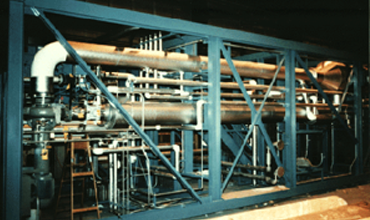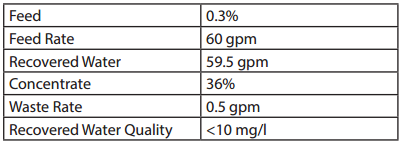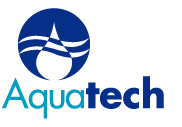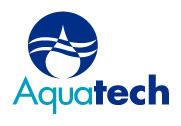The Facility
Based in a Rocky Mountain state, this facility produces the sodium azide pellets contained inside the air bags for automobiles produced throughout the world.
Project Overview
During the manufacturing of the air bag propellant, frequent equipment washdowns produce large volumes of wastewater that contain sodium azide and metal sulfide salts. Sodium azide is a highly explosive and toxic chemical compound. Safety and environmental concerns mandate careful wastewater treatment and disposal. The only alternative is to transport the wastewater to a hazardous waste facility.
After a thorough research and evaluation effort, the customer found that an evaporator was the most cost effective and technically reliable solution for their volatile wastewater problem.
Facility start-up occurred in November 1991. Due to a significant increase in the demand for automobile air bags, the customer required a 12-fold expansion of wastewater evaporation capacity over a similar system on a turnkey basis. The expansion is easily met by the new AquaChem ICD evaporator.

Scope of Service
AquaChem ICD was selected to design, manufacture and consult on the installation of a skid-mounted four-effect evaporator. The system design incorporates low temperatures and falling film evaporation, minimizing azide entrainment in the recovered distilled water.
The wastewater feed contains about 0.3% total solids. Filtered before feeding to the evaporator, the wastewater is reduced to an economic concentration in the evaporator. The system was designed for future possible conversion to a crystallizer system. AquaChem ICD furnished a gas fired boiler, which provides the energy source for the evaporator and an air cooled condenser, necessary because of a shortage of cooling water.
The system also includes water storage tanks with a total capacity of 155,000 gallons and complete feed and product filtering systems. The automated evaporator system is controlled by a Programmable Logic Controller designed by Aquatech.
Design Water Analysis


